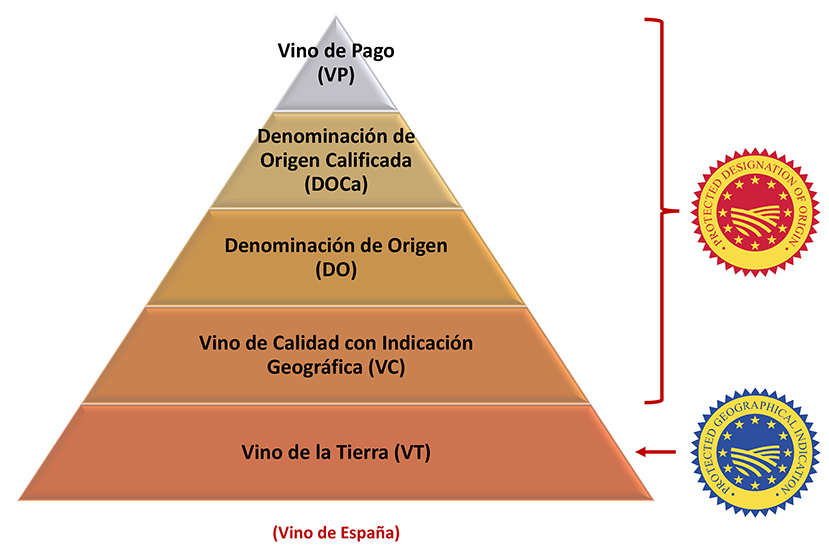Priorat Wine Region
Feb 20,2023 | Magnum Opus Wines
The first recorded evidence of grape growing and wine production dates from the 12th century, when the monks from the Carthusian Monastery of Scala Dei, founded in 1194, introduced the art of viticulture in the area. The Prior of Scala Dei gave rise to the name Priorat.
At the end of the 19th century, the phylloxera pest devastated the vineyards causing economic ruin and large scale emigration of the population. It was not until the 1950s that replanting was undertaken. The DO Priorat was formally created in 1954.

Much of the development of Priorat wines to top class is credited to Carles Pastrana, René Barbier and Álvaro Palacios. In 1979, there were only 600 hectares of Priorat vineyards. In the 1980s, convinced of the region's potential, the group of winemakers planted new vineyards in suitable locations, all named Clos.
For the first 3 vintages, 1989–1991, they pooled their grapes, shared a winery in Gratallops, and made one wine sold under 5 labels: Clos Mogador (Barbier), Clos Dofi (Palacios, later renamed to Finca Dofi), Clos Erasmus, Clos Martinet and Clos de l'Obac. From 1992 these wines were made separately.

Priorat is one of only 2 wine regions in Spain to qualify as DOCa, the highest qualification level for a wine region, alongside Rioja. The Catalan authorities approved higher status in 2000, but national level confirmation from the Spanish Government in Madrid came only in 2009.

The pioneering spirit has never left Priorat. It became the country’s second DOCa (or DOQ in Catalan) after DOCa Rioja and was the first region in Spain to introduce a Village Wine category in 2007. This has been followed up by a much more ambitious vineyard classification pyramid approved in 2017.

The vineyard surface of Priorat has been continuously expanding since the 1980s. As of 2018, Priorat had 2,000 hectares of vineyards for a production around 1 400 000 litres (93% red and 7% white). The trend among the red varieties is that Garnacha stays constant (41%), Cariñena (23%) decreases and the international grape varieties increase (Cabernet Sauvignon 10%, Syrah 10%, Merlot 7%).
The area is characterised by its unique terroir of black slate and quartz soil known as llicorella.
Summers are long, hot and dry (35°C) while winters are cold (-4 °C). The average annual rainfall is 400–600 mm. Yields are very low, due to the rocky nature of the soil that does not allow the accumulation of water. The area is also characterised by steep slopes (15-60%) on altitude ranging from 100-700m, which prevent mechanization. This however means that the wines produced in this area have a very unique personality.

The DOQ is divided in 12 villages and comprises the valleys of the rivers Siurana and Montsant. The vineyards are planted on the slopes on terraces at altitudes of between 100 m and 700 m above sea level. Priorat is almost entirely surrounded by the DO Montsant, which makes wine in a similar style. Declared a nature park in 2002, the Montsant Natural Park is a veritable symbol of the Priorat and Catalonia.

The traditional reds from Priorat are a single grape bottling of Grenache or Carignan, or a blend of these two grapes with other French varieties such as Cabernet Sauvignon, Merlot, or Syrah. Vino de guarda is aged in oak barrels for 18 months followed by 6 months in the bottle, with the optimal time for consumption being 2 years later.
Feel free to browse our Priorat wine selection here : https://www.magnumopuswines.com/collections/priorat
All the wines are imported directly from the producers in Spain, shipped and stored in temperature controlled containers to make sure the wines reach you in perfect condition!
Enjoy 10% discount when you order 12 bottles or more with the voucher code "VIP10".
The delivery is free in Singapore above $150 only, Monday to Friday. Cheers!



